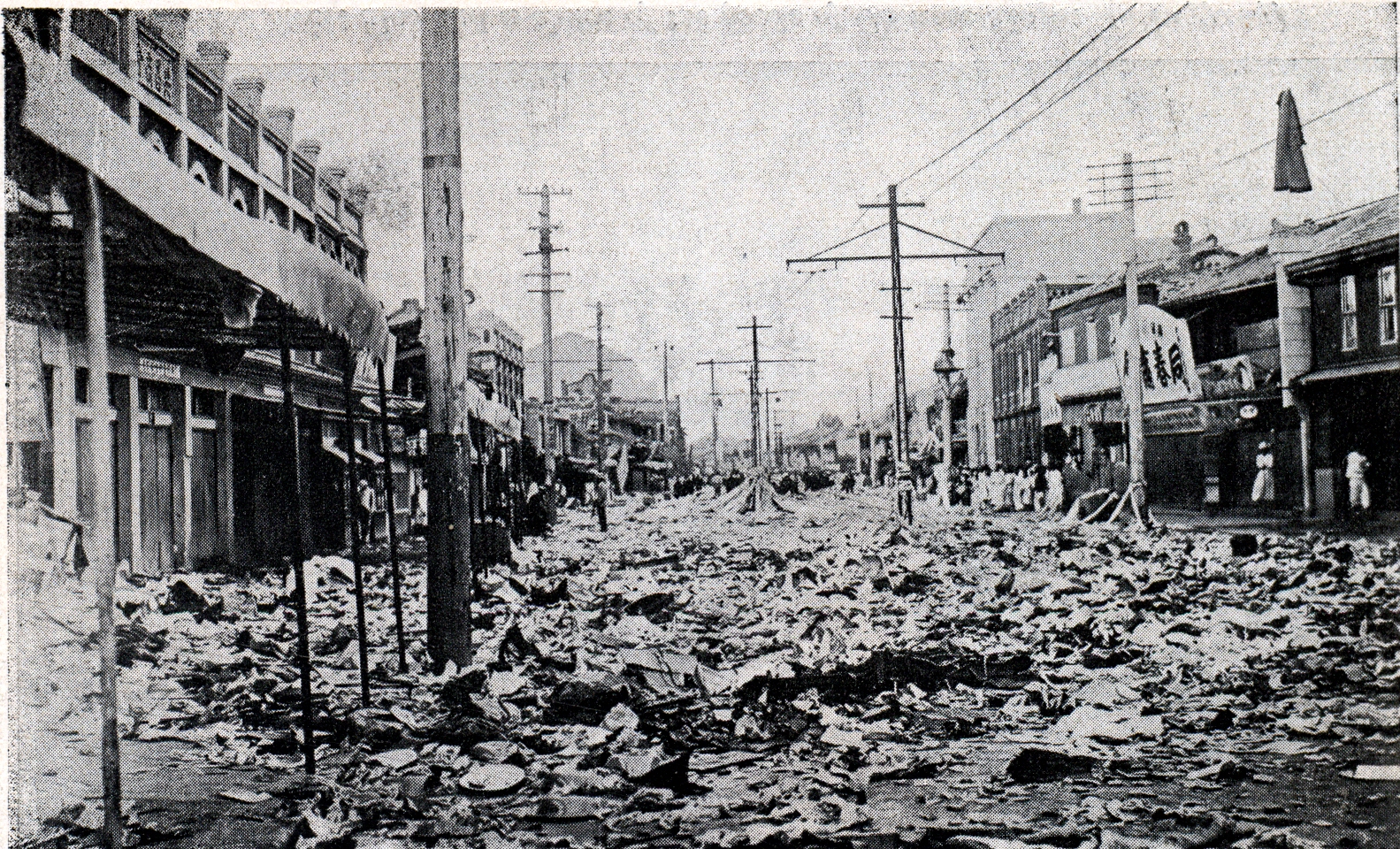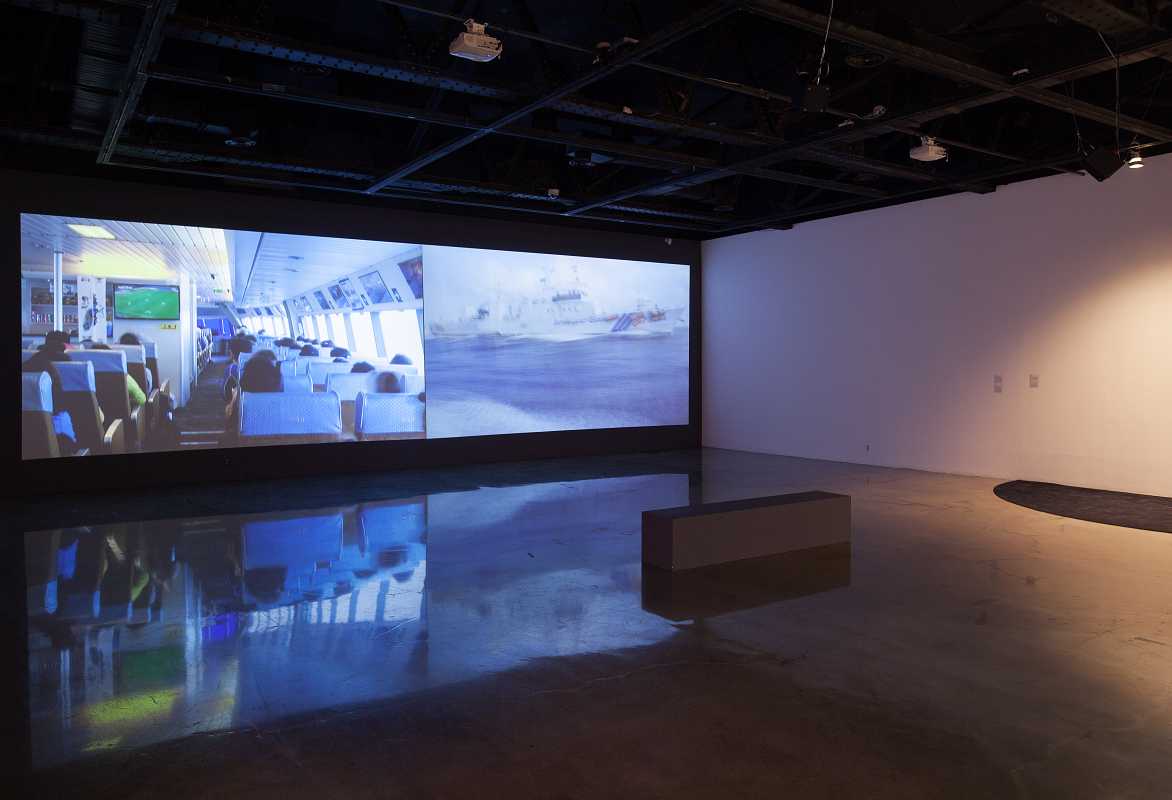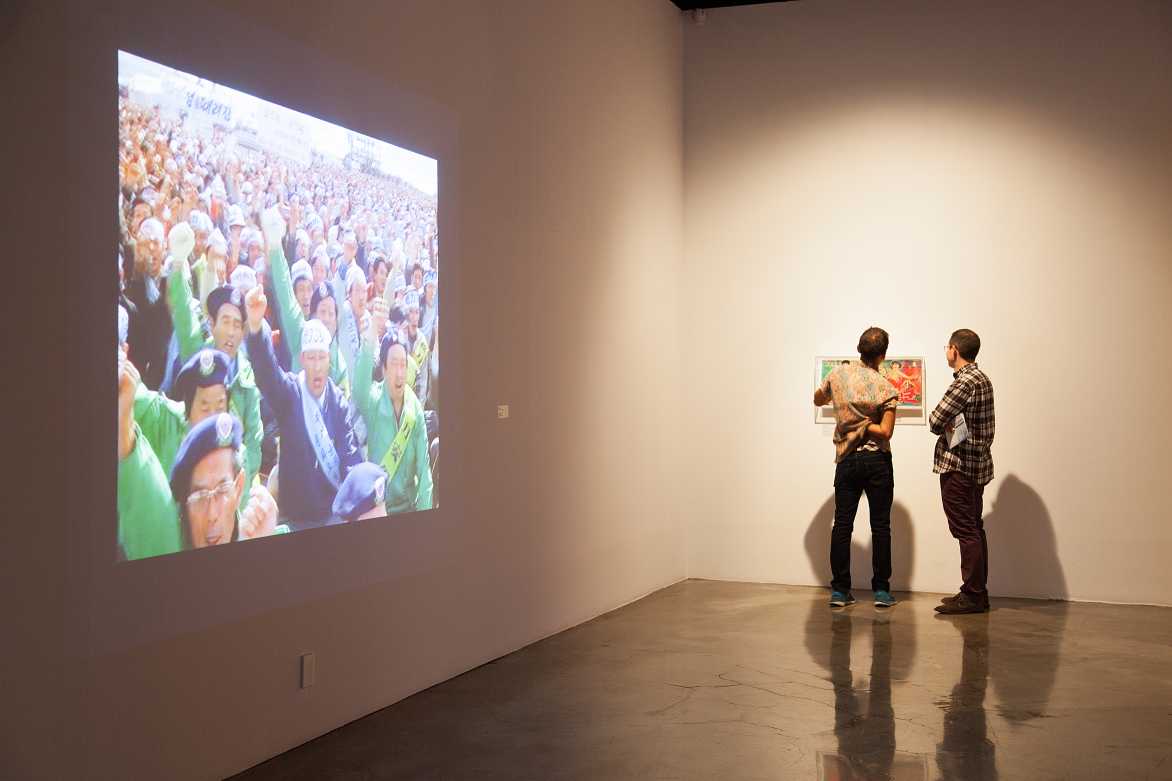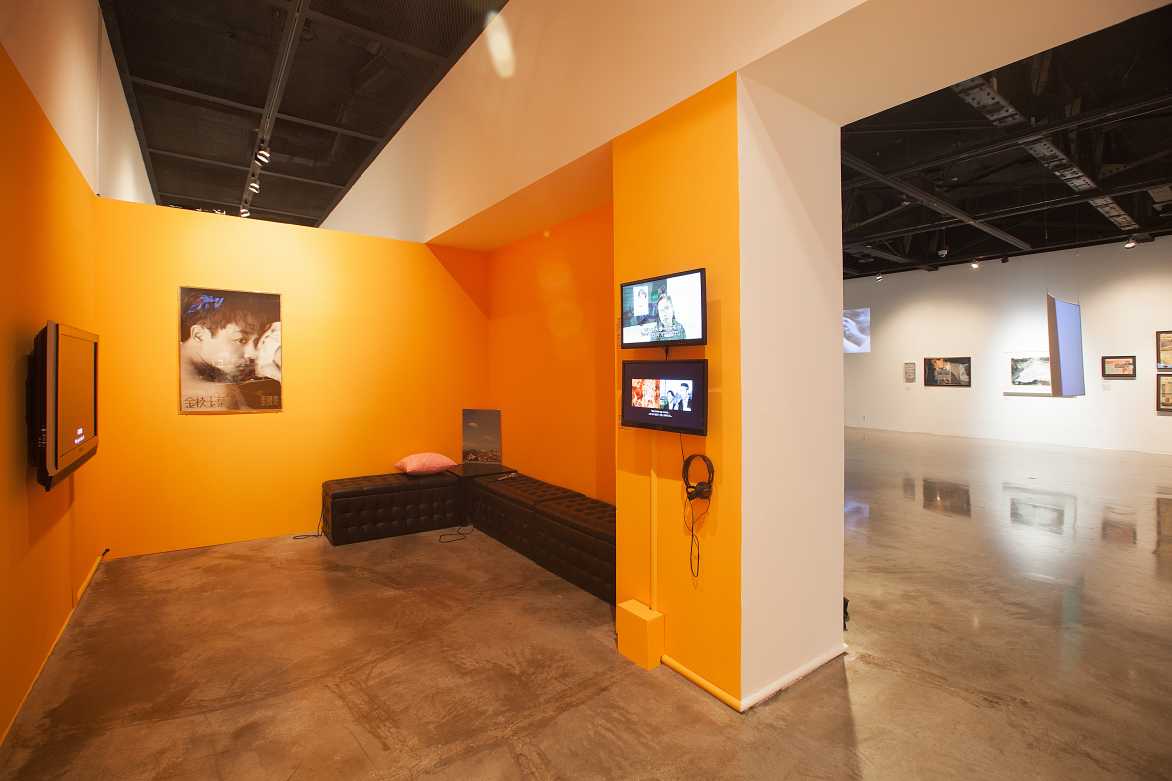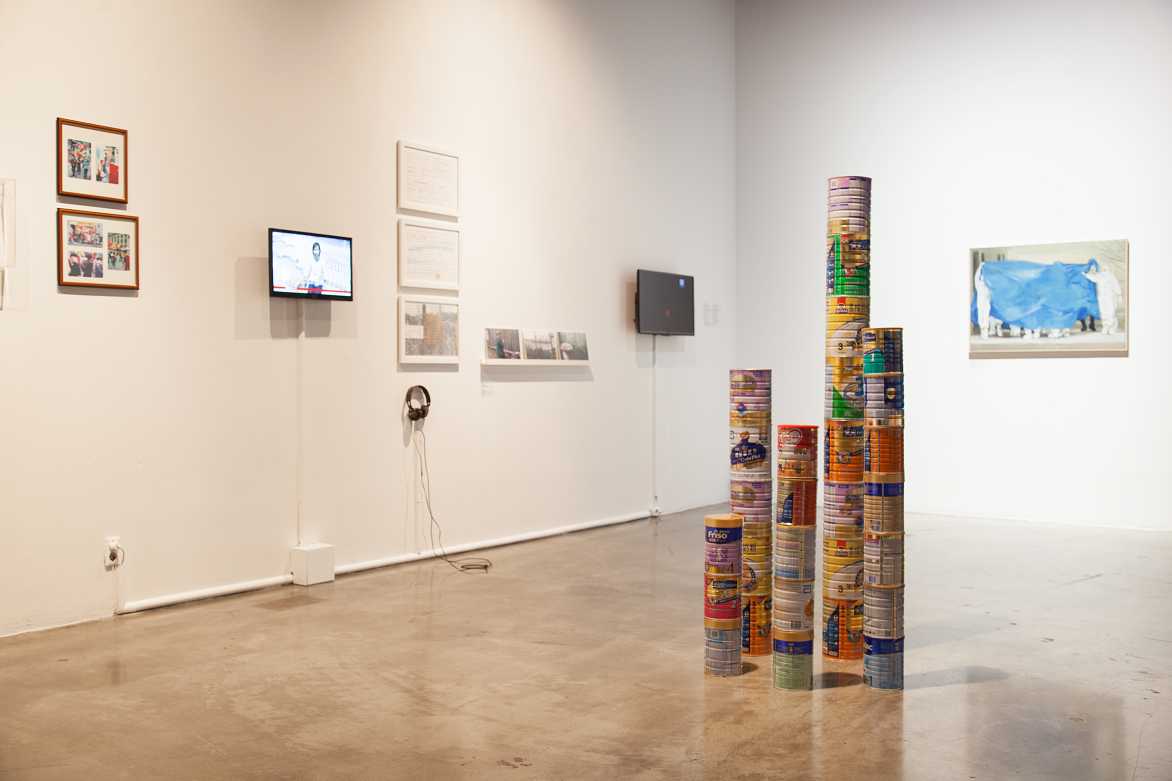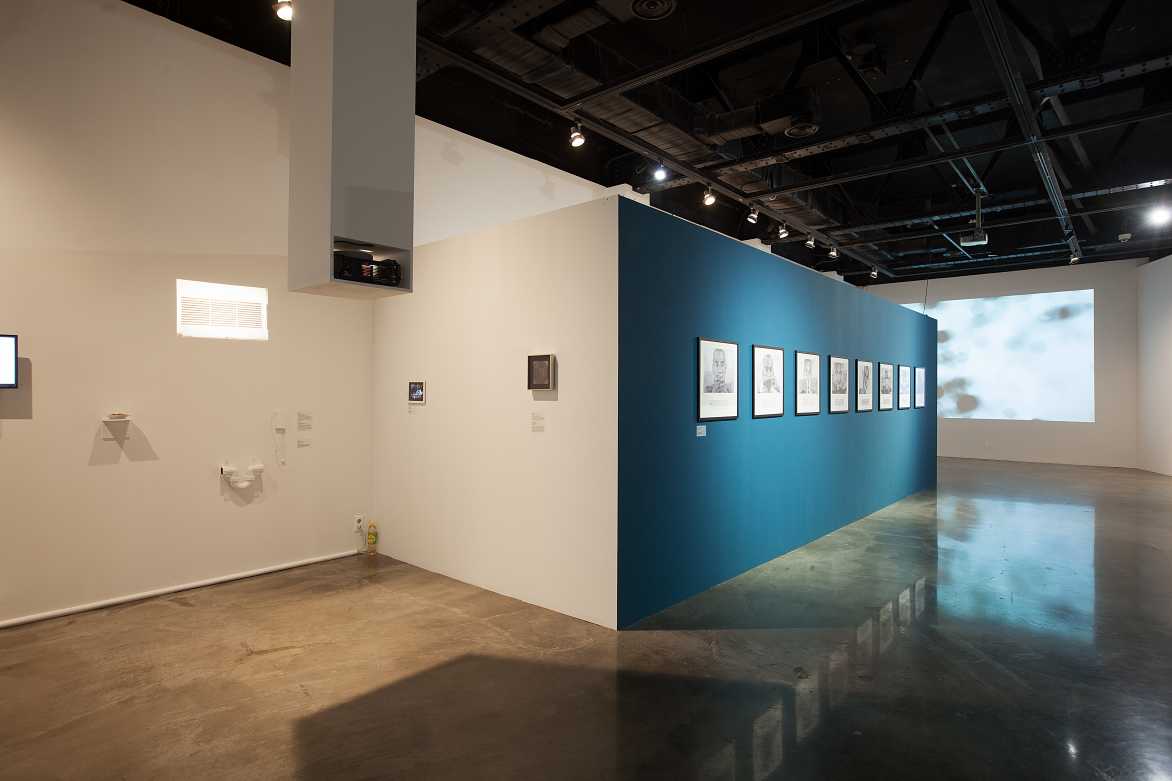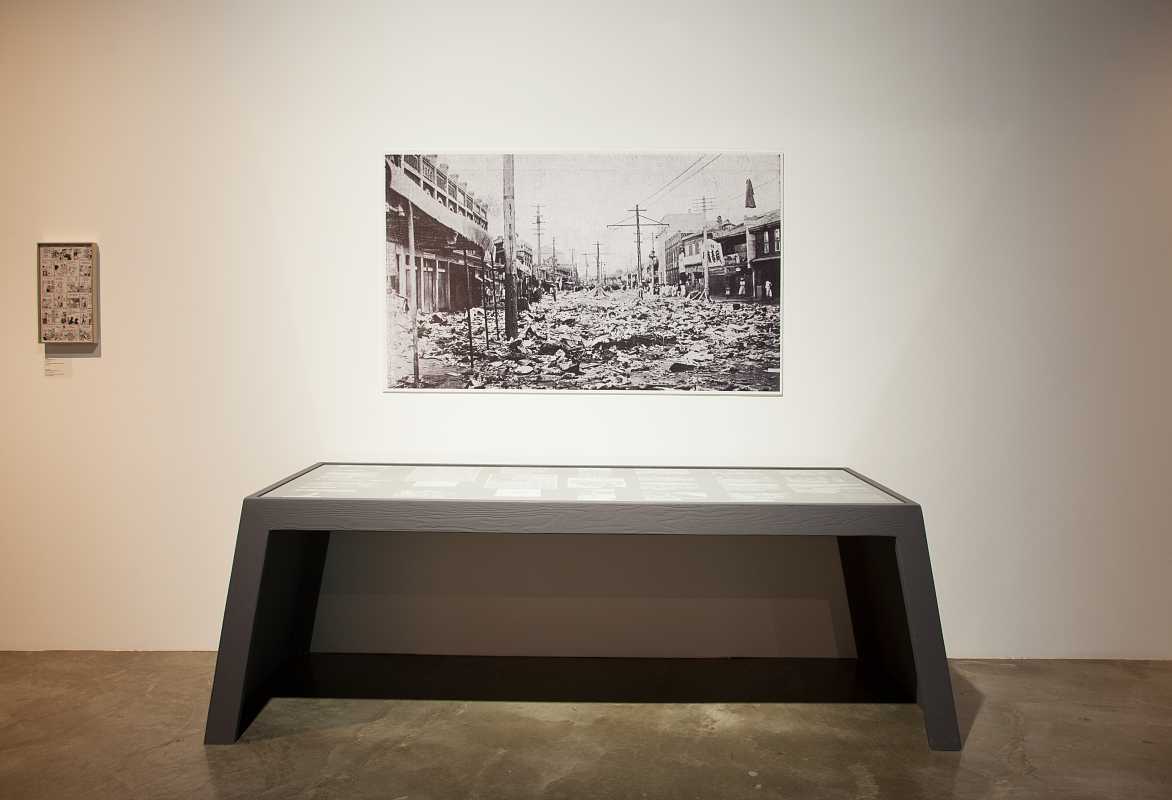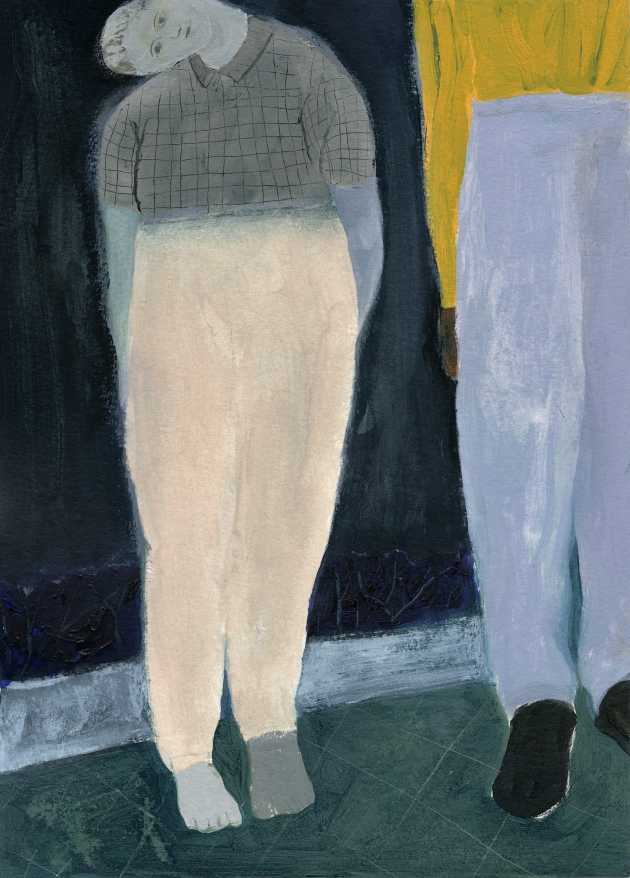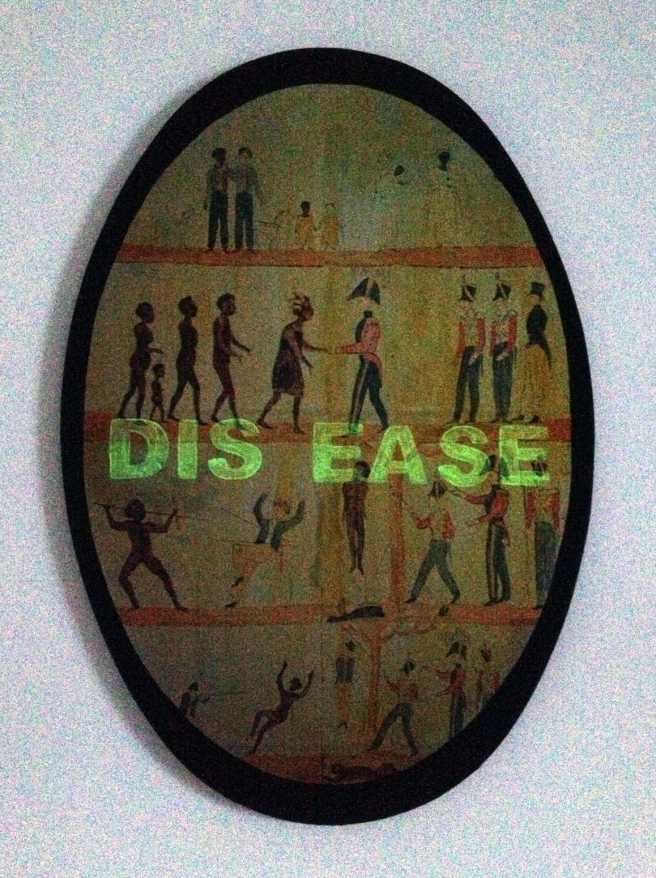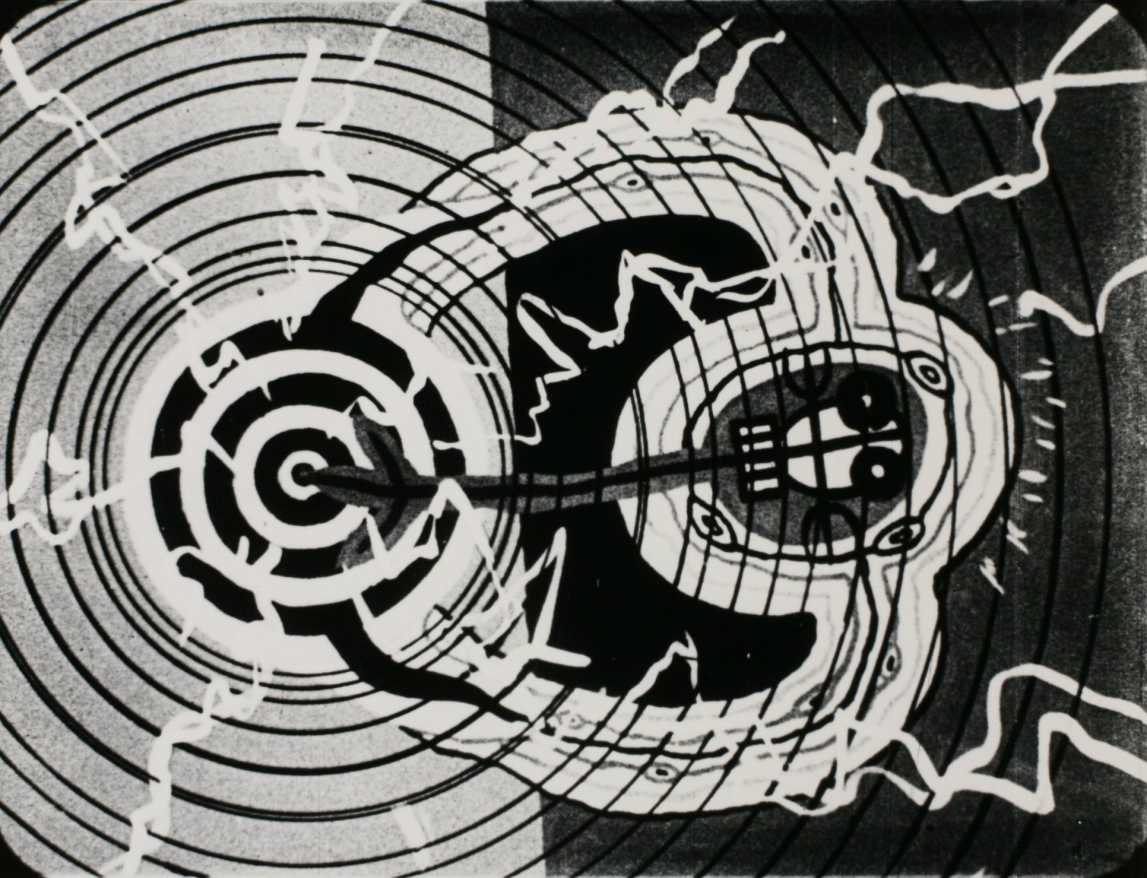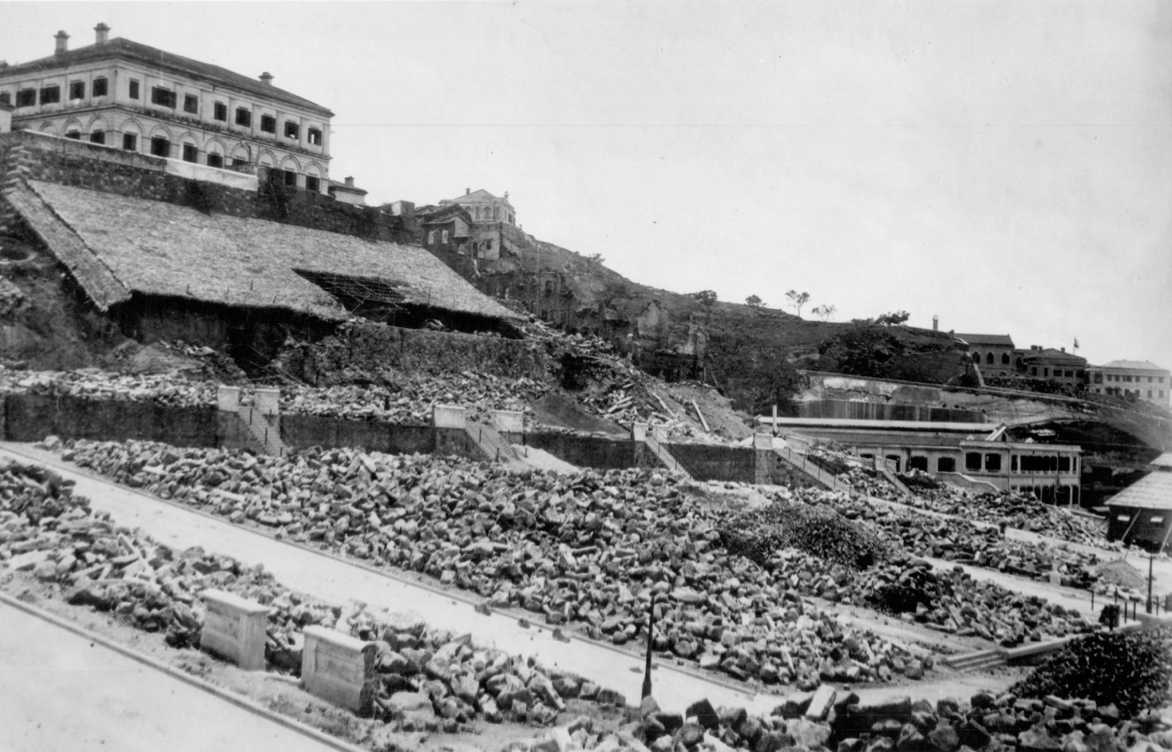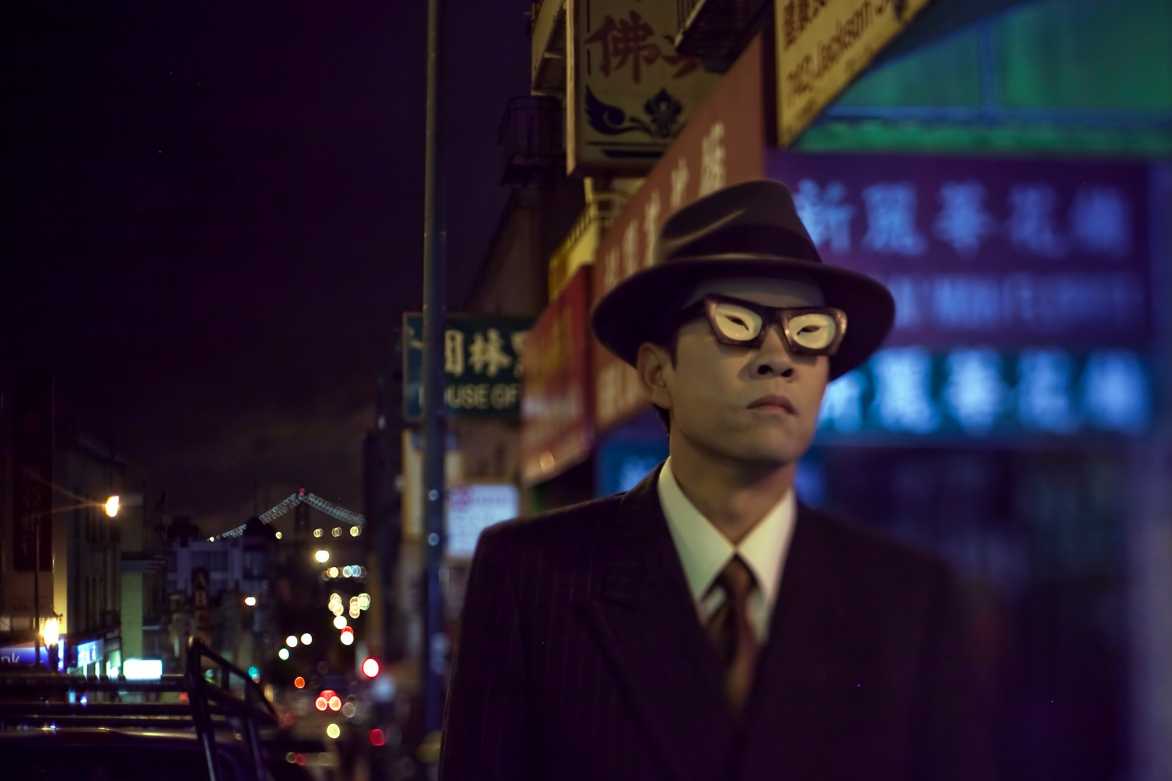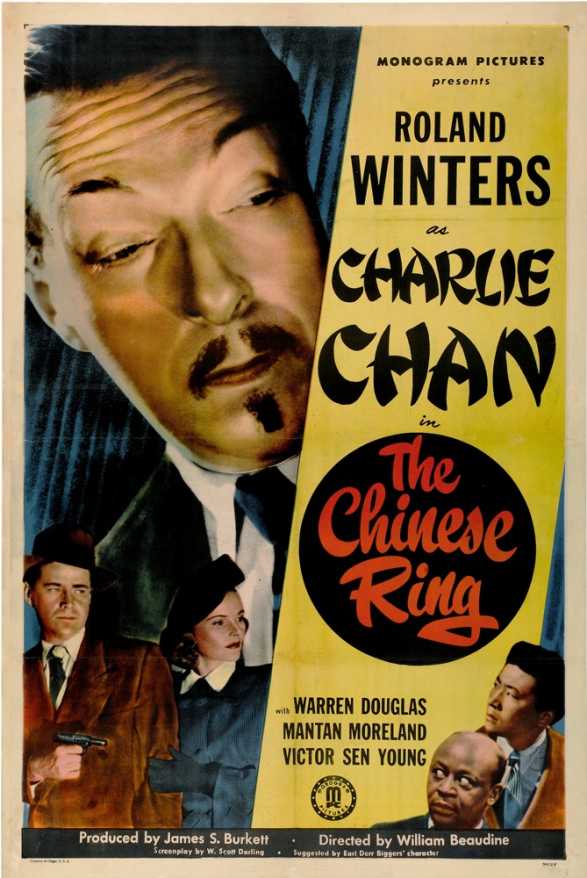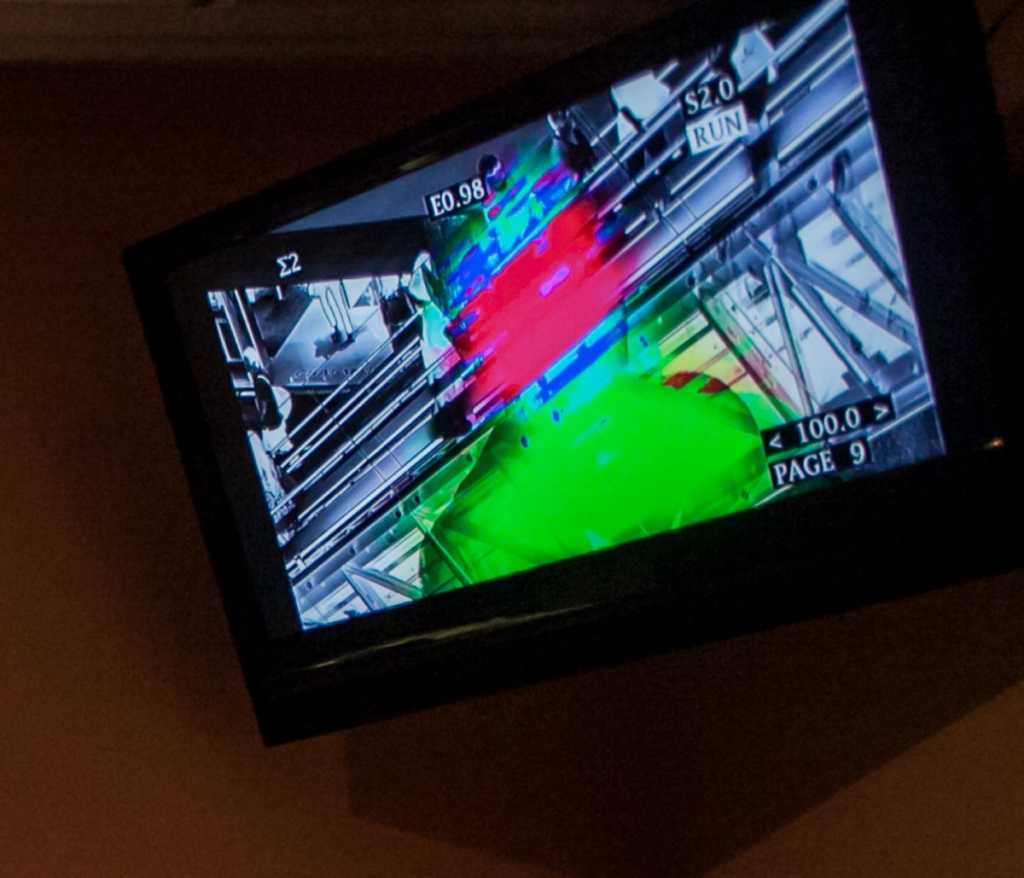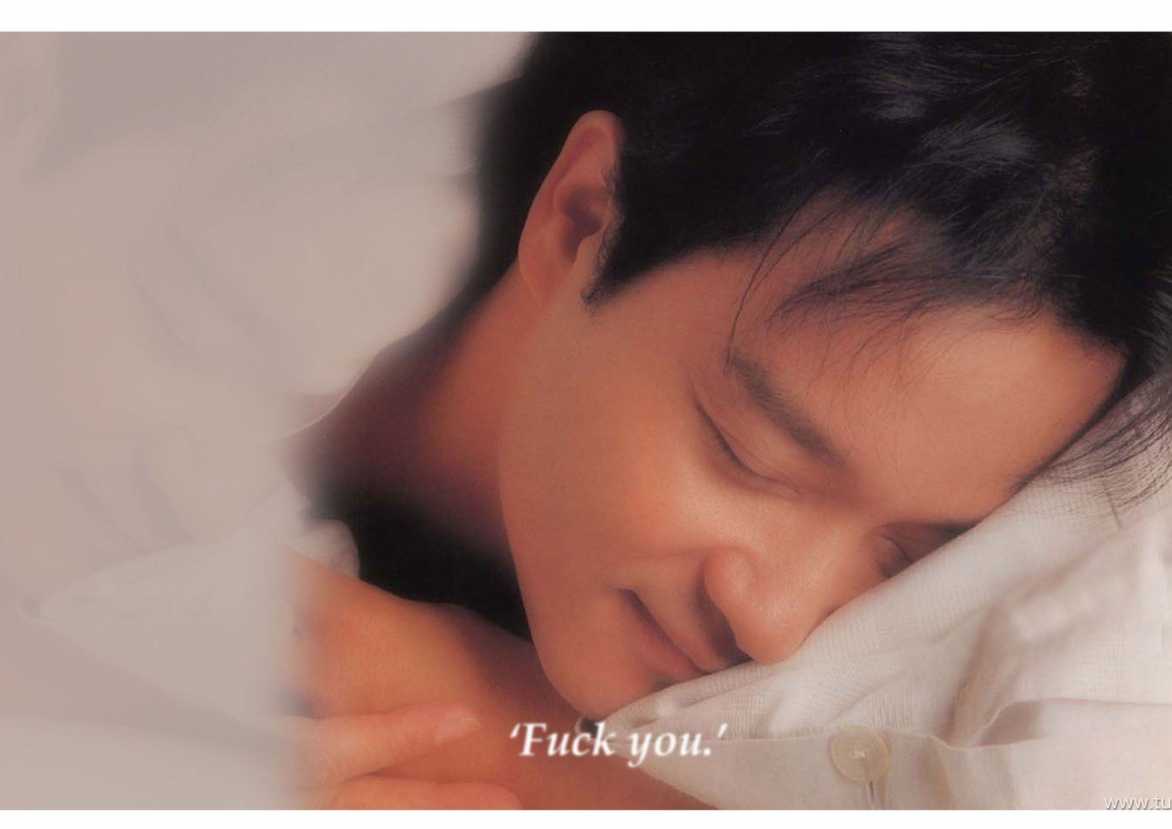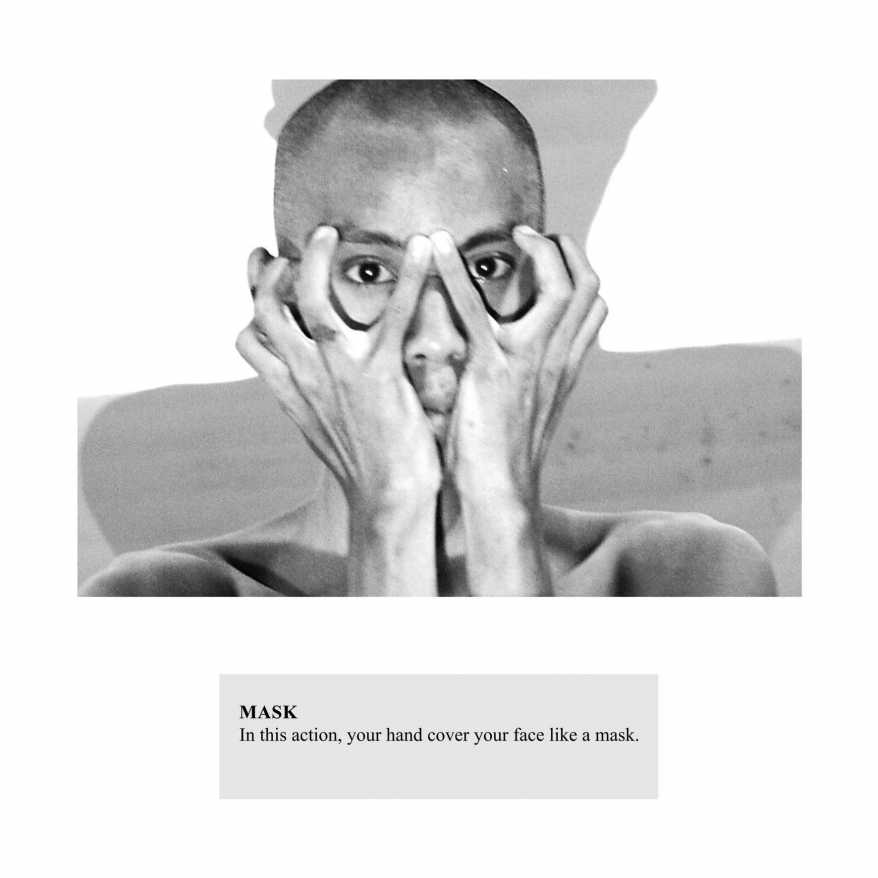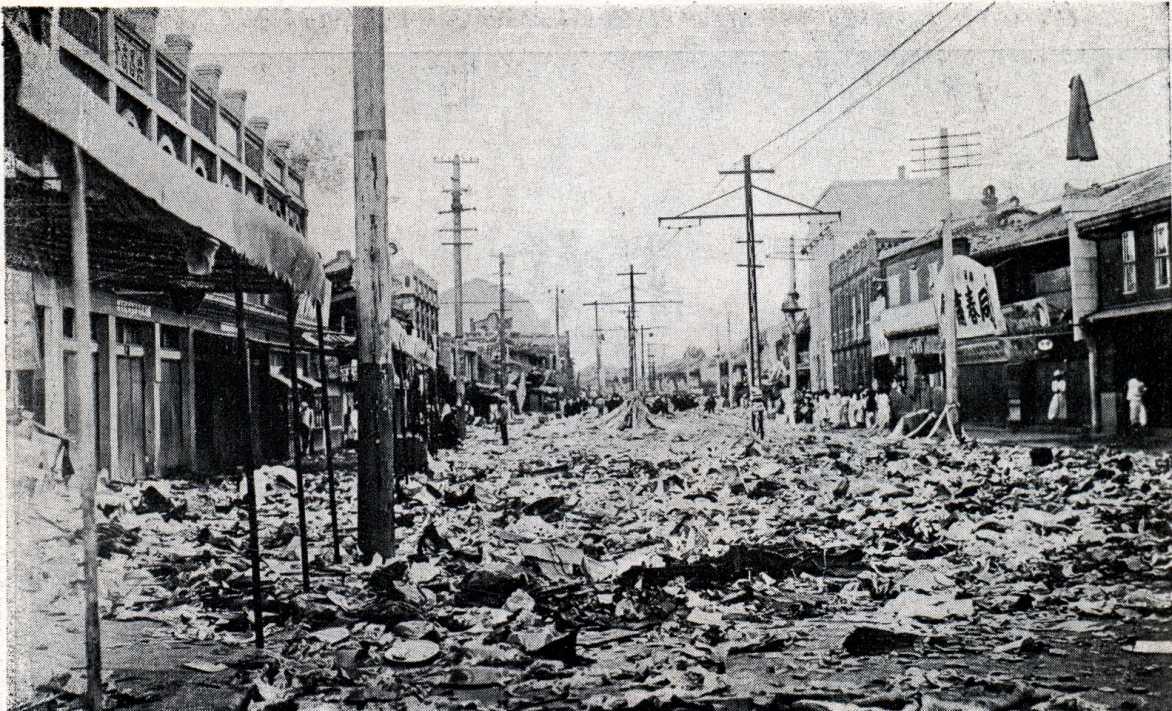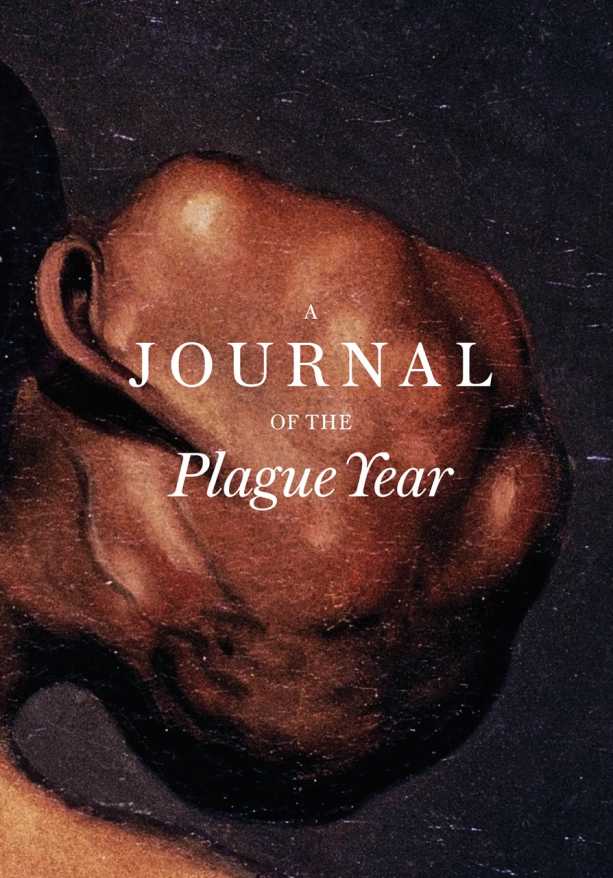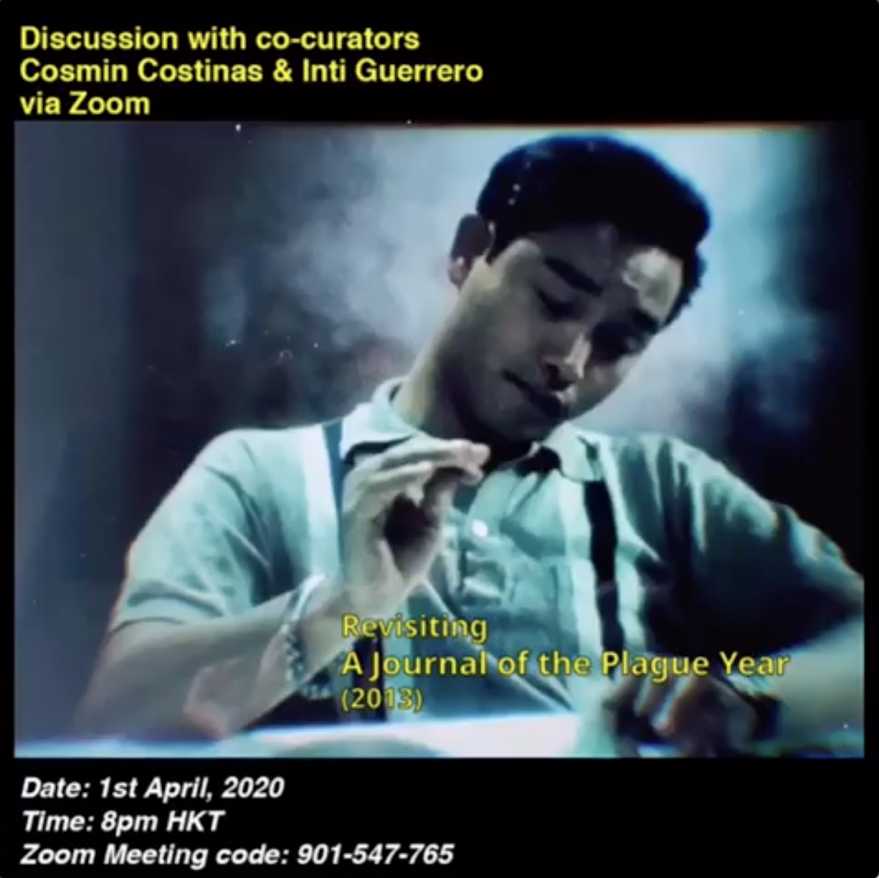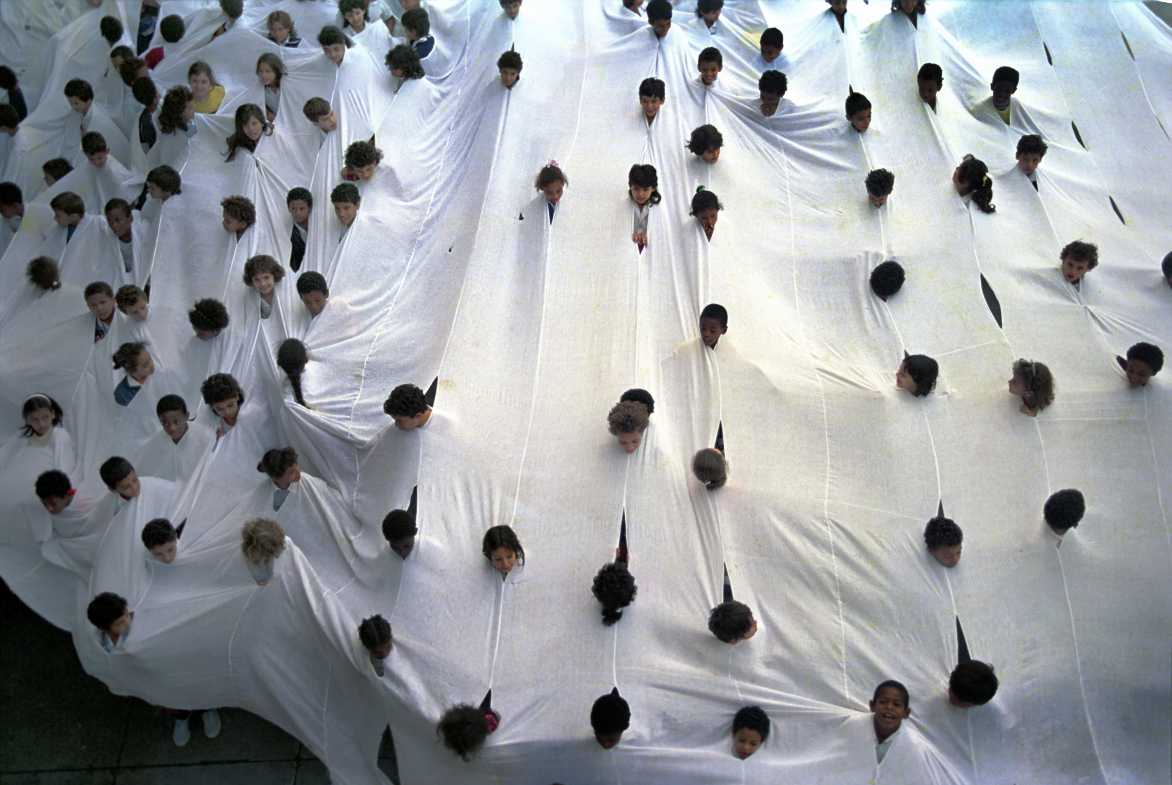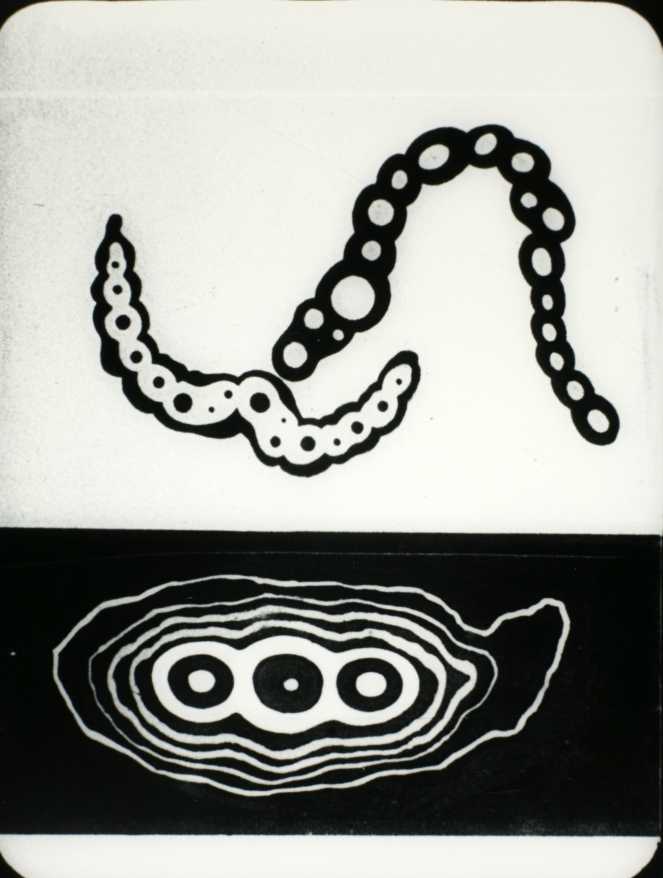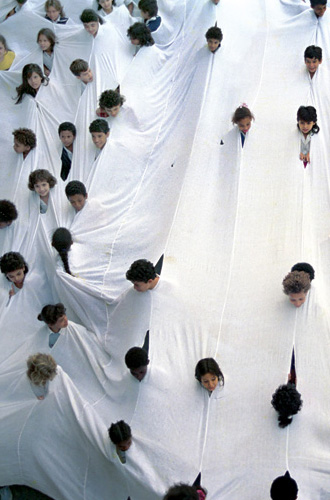
A Journal of the Plague Year was first shown at Para Site, Hong Kong during the summer of 2013. As a touring exhibition, it shifts its center of gravity under the influence of magnetic forces in each location on its itinerary. Nevertheless, it departs from and remains strongly connected to an exploration of the events that affected Hong Kong in the spring of 2003: the most significant airborne epidemic in recent years, the SARS crisis, coupled with the tragic death of pop figure and pan-Asian icon .
The city has a subjectively internalized history of epidemics and of representations in the colonial era as an infected land that needed to be conquered from nature, disease and oriental habits in order to be made healthy, modern and profitable. In Hong Kong, the fear of infecting agents has always resonated with a fear of other people, quarantine has mirrored exclusion, whilst epidemiological, racial and cultural contamination have shared the same language. The unparalleled shutdown of Hong Kong in 2003 due to SARS and the subsequent atomization of society into quarantined segments, paradoxically led to the emergence of an active political community in the territory, as manifested in the pro-democracy marches that have grown into major events since then. Less gloriously however, the main measure taken to alleviate the economic meltdown caused by SARS, namely the option for Mainland citizens to visit the territory on individual visas, lead to medicalized vocabularies and imageries reminiscent of epidemics being used in relation to the growing number of Mainland Chinese in Hong Kong, who are seen as pathogens that corrupt an otherwise healthy social body. This essentializing xenophobia has come to be a defining factor in the relationship between the two sides of the Shenzhen River and, paradoxically, it has complicated the pro-democracy (and anti-Beijing) discourses and activism rejuvenated in the wake of the SARS crisis.
These ambivalences in the identity of Hongkongers are reflected in the figure of , the hugely iconic figure, actor and singer who committed suicide at the height of the SARS crisis by jumping off the Mandarin Oriental Hotel in Central Hong Kong. His shocking death at the darkest hour of the darkest times in recent memory played its part in the mobilization of Hongkongers. His life and career had contributed to forging a strong sense of identity for Hong Kong culture, in spite of his queer and often contrarian persona. The versatility of the roles that he had played reflected, and arguably enhanced, the versatility of the city’s identity in recent decades, before and after the handover.
The exhibition navigates disparate but interconnected narratives and contributes to a critical discussion about recent history, the implications of which extend beyond Hong Kong and beyond the realm of medicine. Fear of contamination, both physiological and cultural, as well as the anxieties held within societies that encounter alterities and face their own projections and prejudices, are all explored in contributions from artists of various generations and shown together with historical artifacts and pop culture ephemera. Mechanisms of hatred and politics of differentiation have always been based on dehumanizing the body of the other, and the other is perpetually fabricated everywhere. The human is sometimes altogether abandoned when representing higher orders of the social, like the nation and its place in history. Animals, real or mythological, are then employed. For this reason, the exhibition also gathers documentation of a selection of performances that have destabilized varying narratives of dehumanization. They have done so by placing on the frontline the fragile but individualized human body at various moments of historical transformation and rupture in different corners of Asia: from the highly insecure Hong Kong of the 1980s, anticipating its handover to Mainland China, to China itself during its traumatic post-Tiananmen years; from Singapore and the last chapters of the era, to Kazakhstan at the dawn of nationhood after the fall of the Soviet Union; and finally, to Myanmar amidst its current transformation, under the specter of a possible democracy and of growing rejection of the other.
Anti-Chinese sentiments, which are strongly present in the public sphere of Hong Kong (in its anti-Mainland China variation of the more general anti-Chinese complex), as well as in other parts of Asia, are seen through a historical framework that includes the anti-Chinese immigration prejudices of the Western world present in the early twentieth century. Immigrants were, and are still frequently represented as pests, as a disease that sickens the homogenous social body. Korea and China share a complicated relationship that includes many moments of anti-Chinese sentiments in the peninsula. The exhibition mentions a particularly violent and relatively hidden episode that occurred in 1931, the Wanpaoshan incident. A local dispute led to riots and lynchings of scores of Chinese peasants by Koreans across the country (with particular virulence in Pyongyang). This violence was catalyzed, and perhaps instigated, by the Japanese authorities – which at the time were an occupying force in Korea – as part of their continental plan of colonial domination. The invention of an enemy is, however, a common strategy that stimulates radical nationalism in the service of imperial interests everywhere.
The return of nationalism and its anxieties has been fuelled in recent years in Asia by the ongoing disputes that surround a number of small islands, largely uninhabited and unvisited, and effectively invisible on regional maps that form, in one combination or another, the objects of territorial claims for every single nation in East Asia. These geographically quasi-insignificant rocks have become the symbol of growing imperial pride and insecurity in the region, and are considered a dangerous sign of things to come.
Curated by
